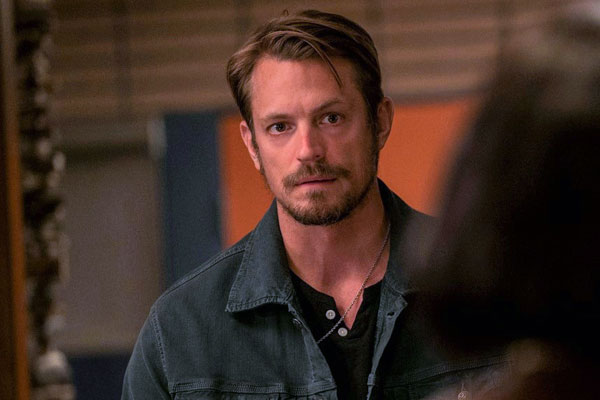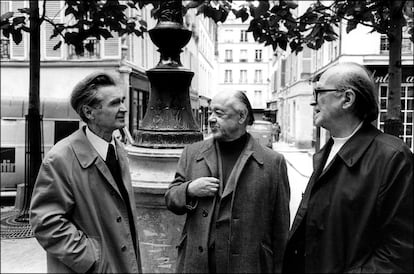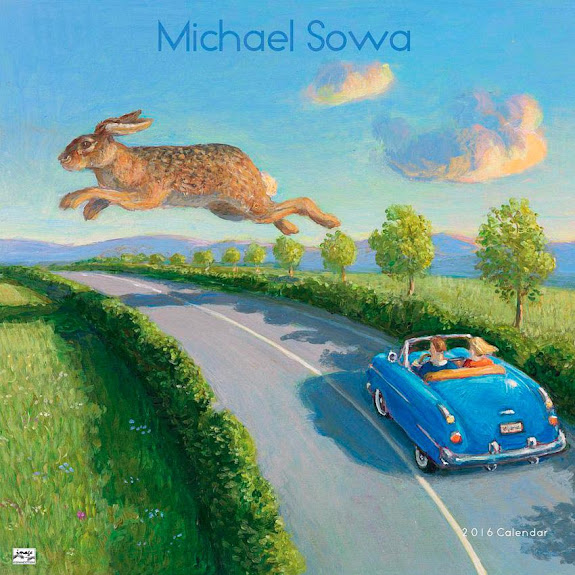
Gary Oldman on Playing Winston Churchill in ‘Darkest Hour’: “You have a responsibility to the family to the people, to the icon, and to the image”
Oldman talks about how he got into character as the former Prime Minister.
By
January 31, 2018
On one hand, acting great Gary Oldman is virtually unrecognizable as Winston Churchill in Darkest Hour. One the other, that’s par for the course for Oldman, who even went as far as being uncredited for his sinister role in 2001’s Hannibal. But Oldman may have undergone his greatest transformation in Darkest Hour. Playlist reports on Oldman’s appearance at the 92nd Street Y’s Reel Pieces when he spoke about how he got into character as the former Prime Minister.

























